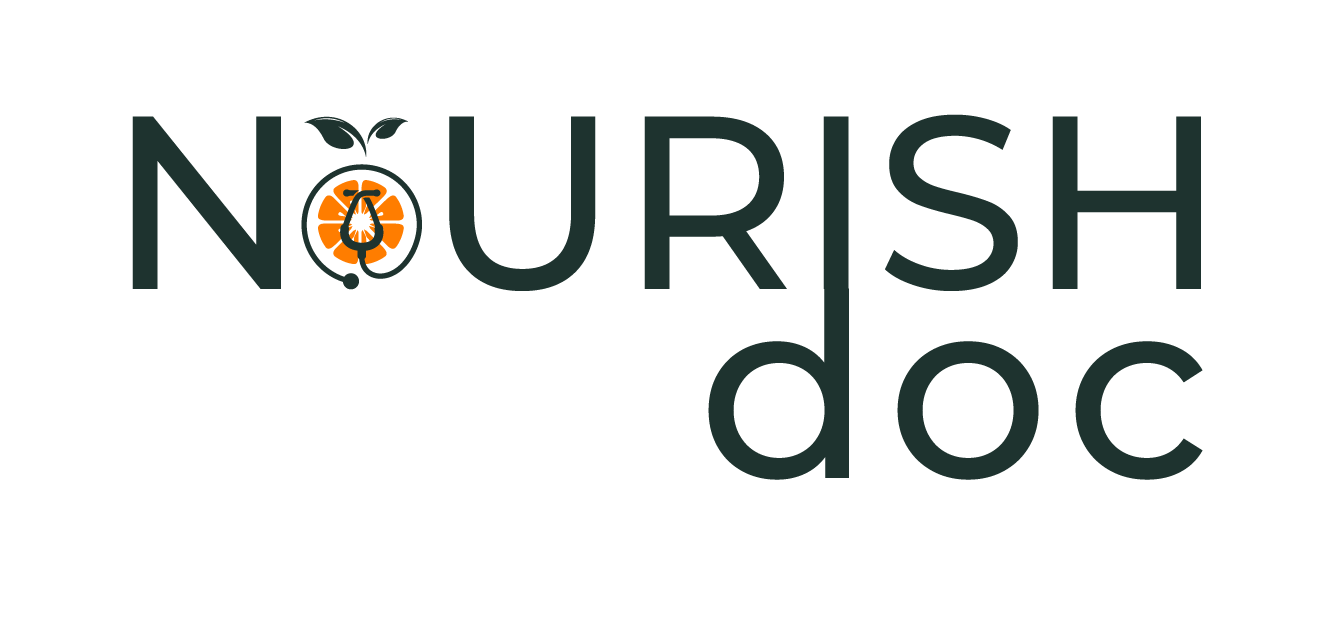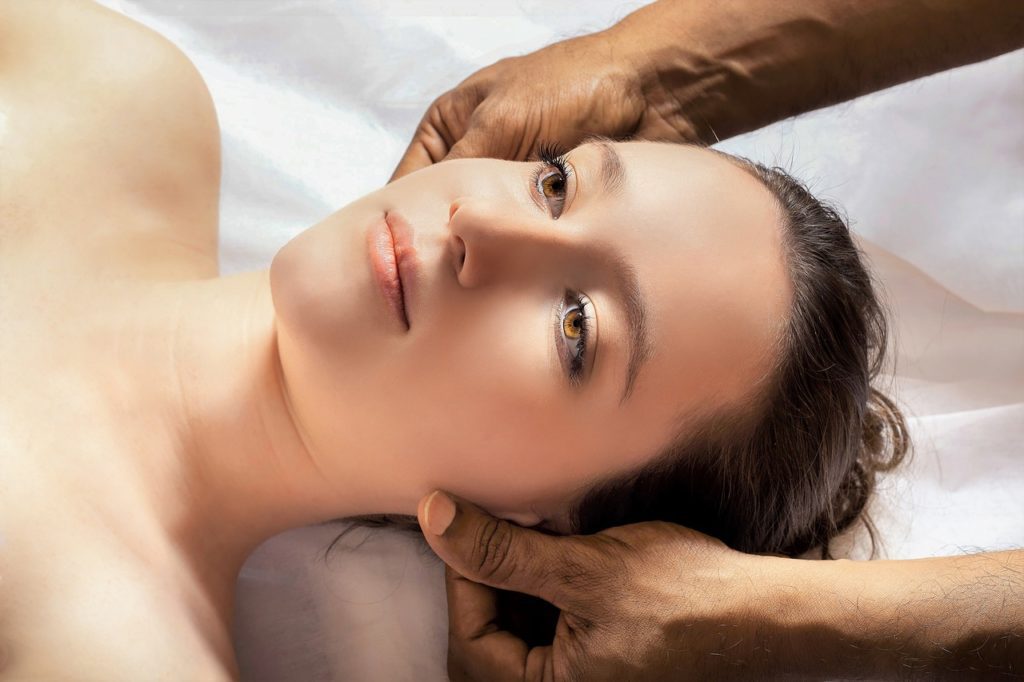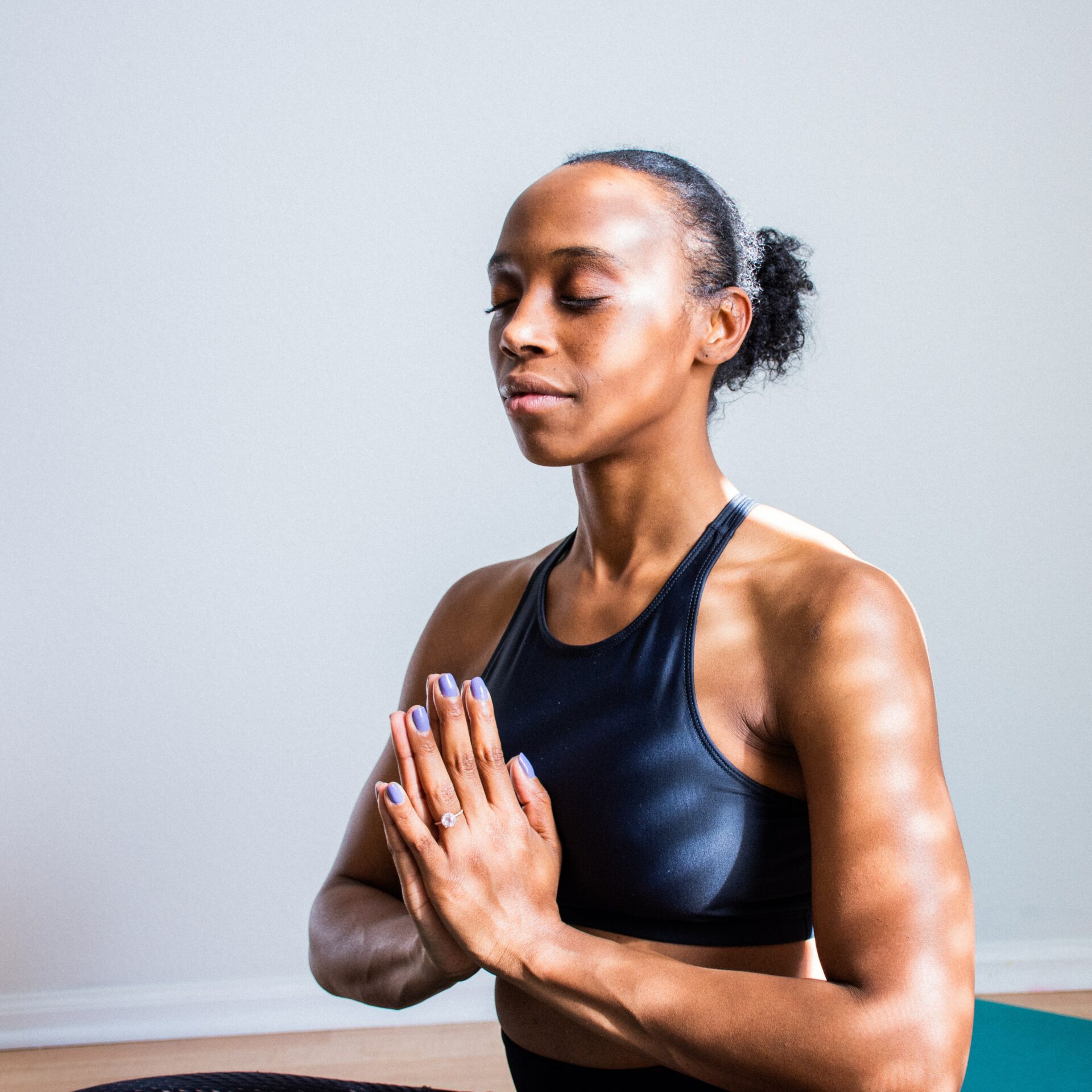What is Abhyanga?
Ayurvedic Abhyanga massage benefits the entire body with improved circulation, vision, and lubricated joints, and helps fight the effects of aging. Ayurveda is an ancient holistic system of medicine from India. Ayurveda concentrates on maintaining health through natural practices like massage and what you eat or drink.
Abhyanga is an Ayurvedic massage that is performed with warm oil. The oil is used on the whole body, from the scalp to the soles of your feet. Often treated with medicinal herbs and generally warm, the oil is massaged into the whole body before bathing. It can be good for maintaining health and used as a medication for certain disorders. Abhyaṅga can be integrated into a regular appropriate for nearly everyone. Oil is a fundamental part of this practice. When coupled with massage strokes, it is considered to promote general health and wellness.
A massage therapist typically performs Abhyanga. However, it’s also possible to perform an abhyanga self-massage at the comfort of your own home. There are many possible advantages of this Ayurvedic massage and you can learn how to do it yourself.
Dosha specific massage
It’s beneficial to follow a particular doṣha-pacifying Abhyaṅga if that doṣha is dominant. One of the principal uses of Abhyanga is to pacify Vata dosha. Handling Vata dosha is a large part of keeping balance in the body for everybody. Vata is your dosha which moves everything. You can’t move into imbalance without Vata dosha’s assistance, and keeping it in balance is a significant key to health based on Ayurveda. Vata qualities are mainly fluid, cold, and drying. Oils are usually warming, moistening, and lubricating. They have very nourishing qualities that calm and relax the Vata’s active and nervous tendencies.
On the other hand, if you’re stressed, your heart is racing, and you feel dry and cold, your Vikṛti is probably high Vāta and using a vāta pacifying oil to your Abhyaṅga would be beneficial. If no doṣha is out of balance, it’s good to think about the dominant doṣa on your Prakṛti and your surroundings, including the current weather and season. For example, if you’re feeling healthy but realize that Pitta is the dominant doṣa, and the weather is hot and humid, it would probably be best to select Pitta-pacifying oil.
Like olive oil and ghee, some oils can be cooling and therefore are best for soothing Pitta dosha. But generally, all oils have this thick, luxurious, and nourishing quality that’s extremely reassuring, especially to soothe Vata imbalances that are extremely widespread in a stressful, active world.
If you have more than one dominant doṣas on your prakṛti, you may want to pacify doṣhas according to your Vikriti. If you’re a pitta-Kapha mix, pacify Pitta through the warm weather and Kapha during winter. If you’re a pitta-vāta mix, pacify Pitta through the warm weather and vāta during winter. If you’re a vāta-Kapha mix, pacify vāta through cold or dry weather and during the change of seasons and pacify Kapha during cold or wet weather.
Abhyanga Health Benefits
Even though there is not much research on Abhyanga, it has been practiced for centuries. Lots of individuals have reported therapeutic benefits and continue to use this treatment. It is often performed as part of the Ayurvedic detoxification procedure named Pancha Karma. Research about the effects of oleation during Pancha Karma revealed that lipid peroxide levels in the blood (a marker showing damage caused by free radicals in the body) rose during Pancha Karma but dropped nearly 3 months following the procedure to levels below levels that existed before the treatment. The suggested mechanism for this is that the damaged, peroxidized cell membrane lipids were replaced by the lipids within sesame oil and ghee. This exchange allowed for the removal of the damaged cells. This possibly reveals the detox principle at work throughout the oleation procedure and may explain why Pancha Karma is regarded as the ultimate holistic anti-aging treatment.
Advantages of Abhyanga: Ayurveda teaches that there are seven dhātus or layers of tissue within the body. Each is successively more concentrated and life-giving. It is taught that for the effects of Sneha to reach into the deepest layer, it must be massaged into the body for 800 mātras, roughly five minutes. If we believe that the full-body requires this type of attention, a 15-minute massage is a minimum quantity of time.
Benefits of applying oil to the body (abhyaṅga) include:
– Nourishes the body
– Increases longevity
– Gains sleep patterns
– Benefits skin health
– Fights aging
– Strengthens joints & bones
– Stimulates digestion
Research backs up the favorable effects of general massage. This likely plays a part in the anecdotal advantages of abhyanga. It is helpful for many chronic conditions:
– Blood pressure: This might be related to the manner massage affects the circulatory system. During a traditional massage, the blood vessels enlarge. This speeds blood circulation and reduces resistance in the blood vessels, which helps enhance blood pressure. In the 2011 research, researchers also evaluated the participants’ blood pressure. After abhyanga, blood pressure diminished in people with prehypertension. However, additional research is required to clarify how abhyanga especially affects blood pressure.
– Skin health: According to abhyanga professionals, healthful skin is a principal advantage of massage. The oil is used to nourish the skin, which supposedly enhances its overall look. The massage strokes are considered to increase skin blood flow, reduce the appearance of wrinkles, cellulite, and scars, enhance skin smoothness and softness, and decrease hyperpigmentation Research backs these claims. A 2018 research decided that facial massage rollers increase skin blood flow by way of instance. Another 2018 study also found that massaging scars can lessen their appearance and depth. But there is limited evidence on the skin benefits of massage. Further research must demonstrate how massage, like abhyanga, may assist the skin.
– Stress
Before getting a 1-hour abhyanga massage, the participants in a 2011 research completed a stress-related questionnaire and measured their heart rate. Both tests were repeated following the session. The researchers found that, following the massage, the participants’ subjective stress levels and heart rate decreased. Researchers analyzed how abhyanga influences anxiety in 20 healthy adults. While new, larger studies are required to know how abhyanga reduces anxiety, other research has found similar benefits. A 2018 research analyzed how rhythmical massage with aromatic oil affects the autonomic nervous system in 44 healthy women. Stress negatively affects the adrenal nervous system, reducing heart rate variability. Low heart rate variability suggests higher stress levels; large variability indicates relaxation.
The research determined rhythmical massage resulted in long-term heart rate variability stimulation, a sign of comfort. The oil also helped, but its impact was temporary. This implies that Abhyanga, which also involves oils and massage, could potentially provide similar advantages.
– Muscle stiffness: Another purported benefit of abhyanga is better flexibility. It’s considered to reduce stiffness and increase freedom by loosening shortened, tight muscles. A 2017 study discovered that ankle massage enhances ankle joint flexibility. Researchers determined in a 2019 study that self-massage before extending improves the range of motion in the lower legs. As a form of massage, Abhyanga might have similar benefits. Additional studies are necessary to understand how abhyanga impacts flexibility.
– Lymphatic drainage: Lymphatic drainage is an established benefit of any form of massage. While scientists have not explicitly analyzed abhyanga and lymph circulation, proponents claim it’s a positive impact. Your lymphatic system eliminates your body’s waste. In case you have surgery or a medical condition, the fluid in your lymphatic system may collect and cause swelling or lymphedema. Massage can enhance lymphedema by encouraging lymphatic drainage. The physical pressure expands blood vessels, which promotes lymph circulation. Massage has been used to decrease lymphedema after surgery, injury, or radiation treatment. For those who have a painful calf, see your physician before beginning massage. Massage is not right for some ailments.
A daily Abhyanga practice restores the balance of the doshas and enriches well-being and longevity. Regular Abhyanga is particularly grounding and relaxing for Vata dosha imbalances, but everyone can benefit from this practice. Discover your dosha type here.
How to do Abhyanga
Massage your body with patience and love for 15-20 minutes. Here are the recommendations for oil and frequency type, based on the doshas:
– Vata Dosha: 4-5 times per week using sesame, almond, or a Vata-balancing oil.
– Pitta Dosha: 3-4 times per week working with citrus, coconut, or a Pitta-balancing oil.
– Kapha Dosha: 1-2 times weekly using safflower or a Kapha-balancing oil.
Sesame oil is believed to be the best oil to penetrate deeply into the cells because of its low molecular weight. It’s reputed to permeate all seven skin layers and can enter the capillaries in the dermis of the skin and affect the whole body.
Sesame oil contains slight antibacterial properties in addition to anti-inflammatory, pain-relieving, anti-oxidant, cholesterol-lowering properties. It’s known to have natural sunscreen properties which may protect from sun damage to the skin. It’s rich in Vitamins A, B, and E. It can be a rich source of iron, calcium, copper, magnesium, minerals, silicic acid, and phosphorus. It includes linoleic acid and alpha-lipoic acid, and lecithin, which benefit the brain and nervous system.
Other oils widely used in Ayurvedic massage are coconut oil, safflower oil, castor oil, and neem oil. These oils have particular properties also. Coconut oil is cooling for hot Pitta types and can be very helpful to use for abhyanga during the summer months. Safflower can also be utilized for abhyanga and is a better use for Pittas too. Mustard oil can be good for chilly Kapha types who benefit from the stimulation and moving quality of mustard oil. Mustard oil can be blended with sesame oil in preparations for Kapha body types.
Try Abhyanga Self Massage
Here is the general technique of an abhyanga self-massage:
– Pour half a cup of oil in a clean, empty shampoo or squeeze bottle. Place the bottle in a pot of warm water until the oil is warm.
– Apply the oil to your entire body, including the top of your head. Massage the oil into your scalp, moving in circular motions. Proceed to your forehead, cheeks, ears, and jaws.
– Massage your chest and abdomen, moving in clockwise and round strokes. In your trunk, massage inward along your ribs.
– Proceed to your back and buttocks. Massage in long, fluid motions in your legs and arms. Proceed in circular motions on your joints.
– Massage your feet, such as your feet and soles.
– Relax for 10-15 minutes to allow your skin to absorb the oil.
– Have a warm shower or bath. Use a gentle cleanser to remove the oil. You will remember the deep sleep the following morning.







